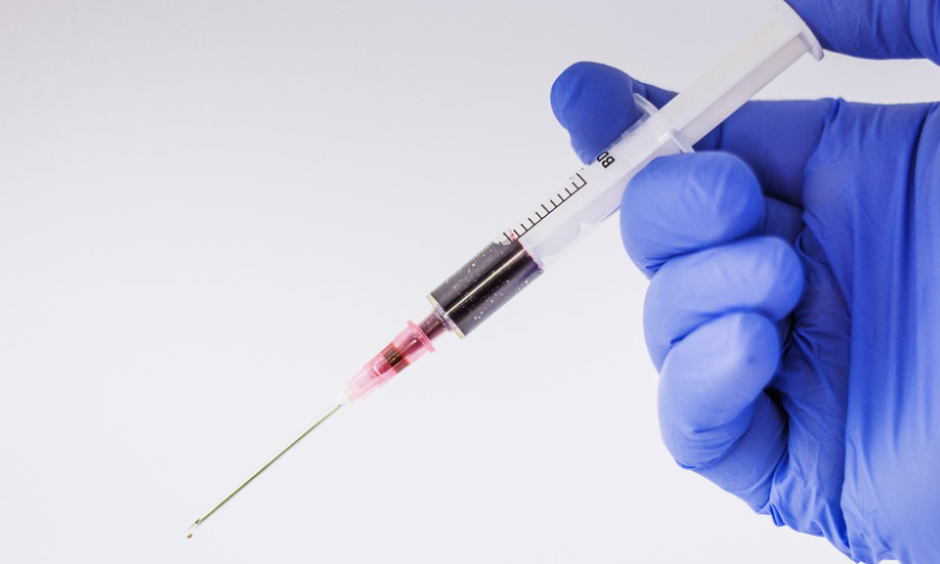ALZHEIMER’S disease could be tracked through a blood test, according to a new study. The results may prove to be the first step towards a new, non-invasive method of examining the impact of Alzheimer’s treatments as well as detecting the condition before symptoms appear.
The team, from Skåne University Hospital, Skåne, Sweden, built upon earlier work showing that high levels of the protein neurofilament light in the blood indicate the presence of diseases like Alzheimer’s that destroy nerve cells and tissue in the brain 10 years or more before symptoms such as memory decline occur. This could enable intervention strategies to take place earlier than is often currently possible. There is currently no medication that can cure the disease or prevent it progressing so it is hoped the research will also aid the development of effective new treatments.
“Standard methods for indicating nerve cell damage involve measuring the patient’s level of certain substances, using a lumbar puncture, or examining a brain MRI. These methods are complicated, take time, and are costly. Measuring neurofilament light in the blood can be cheaper and it is also easier for the patient,” commented Dr Niklas Mattsson, Skåne University Hospital. He added: “Within drug development, it can be valuable to detect the effects of the trialled drug at an early stage and to be able to test on people who do not yet have full-blown Alzheimer’s.”
This study focussed on sporadic Alzheimer’s disease, a late-onset form that is far more common than the rare, inherited, early-onset type examined in the earlier study. The team used data from 1,583 people who had regularly provided blood samples in North America from 2005–2016 and whose blood analysis included measures of neurofilament light. These data were looked at alongside other information, including from clinical diagnoses, markers of beta-amyloid and tau protein in cerebrospinal fluid, and results from PET and MRI scans. The analysis demonstrated that neurofilament light levels rose over time in Alzheimer’s patients, corresponding with accumulated brain damage displayed in the brain scans and cerebrospinal fluid markers.
While the results are promising, the researchers stressed that further studies are required to better determine the accuracy of neurofilament light as a biomarker for Alzheimer’s disease before such a test is made available; for instance, to understand how levels of the protein change in the long-term.








